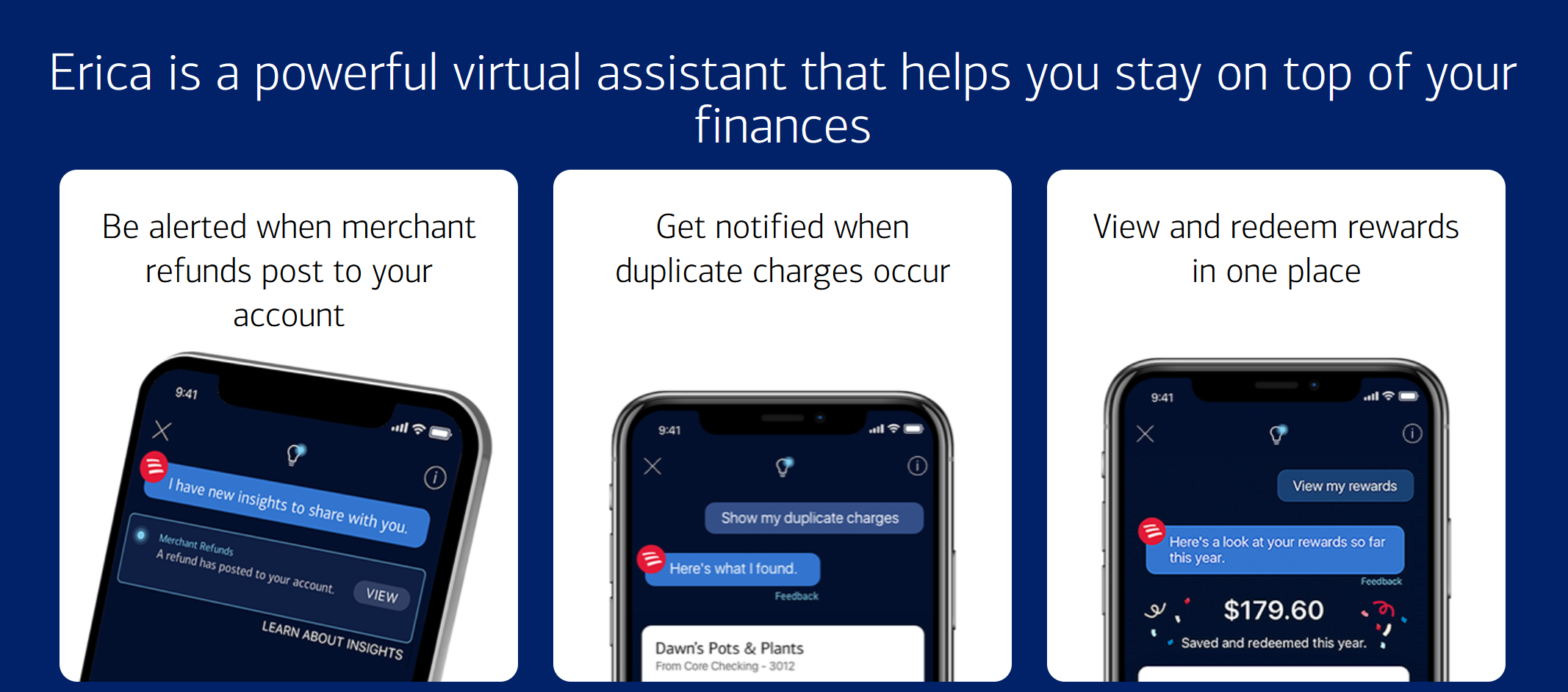Content Marketing
Beyond Words: The Expansive Impact of Generative AI in Various Industries
As generative AI continues to gain traction, questions about the future role of human creativity in the workplace have gotten louder. So far, the discussion has focused on how creative jobs—like writing, graphic design, and videography, among others—will change as more organizations and industries use generative AI.
That makes sense, given that content creation is one of the most straightforward, free, and widely available applications of the technology. But that’s not the only way to use AI.
Look at generative AI adoption across industries and functions, and it becomes clear that people are getting quite creative with it. Use cases span well beyond text and image generation. So marketers who better understand how the technology may touch their lives stand to benefit, finding new ways to use AI to save time and boost efficiency.
Let’s look at a few examples by industry. But first, it helps to understand where generative AI falls in the taxonomy of AI technology.
Analytical vs. Generative: AI Takes on Different Functions
Even data scientists disagree on an exact taxonomy for all the types of AI available right now. For our purposes, we’ll keep it simple and focus on two distinct categories.
- Analytical AI leverages AI techniques such as machine learning with the end goal of identifying and then flagging patterns in data sets. Depending on the purpose of the AI, pattern recognition may call attention to dynamics that humans would not be able to see, given all the noise. It also may be able to predict future events based on historical precedent seen in data. The original version of IBM Watson is an analytical AI question-answering machine.
- Generative AI also leverages AI techniques and identifies patterns—but with the goal of using what it knows about those patterns to create new, original outputs. The large language model GPT-4 is a generative AI that has spawned scores of apps trained to produce outputs in the form of text, images, video, and others.
Businesses are applying both forms. They can be used in combination to automate parts of a workflow or to identify solutions to a problem. The following examples highlight creative uses of generative AI—but I highlight their analytical counterparts as well because the lines may likely blur over time.
Financial Services and GenAI Adoption
Generative AI and financial institutions have made news in recent months. In the context of ChatGPT, many U.S. banks have banned it due to security fears or concerns over leaks of proprietary data. Organizations like Bank of America, JP Morgan Chase, and Wells Fargo have been particularly vocal. That does not mean they are eschewing the technology entirely.
On the contrary, traditional financial institutions, as well as service providers and consumer-facing financial software companies, are finding interesting ways to deliver value using generative AI.
How Generative AI Helps Traditional Banks
Long before ChatGPT entered the market, banks used natural language processing (NLP) and chatbots to supplement service delivery. That has since accelerated with the emergence and enhancement of large language models.
Since 2018, for example, Bank of America has delivered customer service through a language generation-powered virtual assistant called Erica, which provides a range of services like tracking payments, executing transactions, or flagging duplicate charges or increases in monthly bills.
While Erica appears to be a home-grown solution, other banks have partnered with NLP providers to deliver similar services. Wells Fargo, for example, has worked with AI firm Kasisto, which has a proprietary large language model trained on the narrower parameters of financial content, to ensure it produces relevant communication for retail banking customers.
Financial Technology and Generative AI
The bank-to-consumer relationship is only one area of innovation for using generative AI. Technology providers in the financial sector are also seeking ways to leverage the technology. For example, AI has enabled Intuit—the maker of the QuickBooks accounting application and the TurboTax tax preparation software—to power its help and FAQ functionality for several years.
As of June 2023, a finance-specific large language model will supplement those functions. According to Intuit, its LLM will soon help solve tax, accounting, cash flow, and personal finance problems.
Generative AI Industry Use Cases in Healthcare
The healthcare sector generally consists of three primary arms: the providers (e.g., doctors, therapists, and health facilities); the financial (payer organizations, including insurance companies and the Centers for Medicare & Medicaid); and discovery (e.g., pharmaceutical and research organizations). Creative applications of generative AI are surfacing across all three. Here, we’ll highlight a few in the provider and discovery spaces:
How Providers Can Leverage GenAI for Records and Notes
Providers are adopting generative AI not just to automate parts of marketing, for example, but also to streamline patient communication. Microsoft recently announced a deal with the medical records software giant Epic to integrate OpenAI’s GPT-4 (Microsoft is a major owner/investor) into Epic’s platform with the goal of automatically generating email responses to patient messages.
Patient communications represent a logical, industry-specific extension of generative AI’s language-generating capabilities. On the other hand, diagnostics may seem like more of a reach—yet some interesting generative AI use cases are emerging here as well.
For example, a medical device company called Butterfly Network has developed a handheld ultrasound device that allows medical professionals to capture ultrasound images at the point of care and upload them to the company’s cloud platform. A radiologist still needs to read them, however—which can be a major bottleneck in care settings. Butterfly has begun using generative AI to train more clinicians to read basic ultrasound images so that specialists can focus on more challenging cases and case reviews.
Generative AI Helps Speed Up Pharmaceutical Development
The pharmaceutical industry is always looking for new molecules to explore as potential treatments for disease. I’ve already written about the efforts of a group of researchers at the University of Florida partnering with Nvidia, an AI technology provider, to develop a health-focused large language model that can analyze language data in electronic health records. One potential use of GatorTron, as the model is known, is to look for previously unseen patterns in people with the same condition. The hope is that this data can help reveal new treatment options.
Generative AI Industry Use Cases in Retail
Retail marketing and advertising teams have been some of the earliest adopters of generative AI. Look beyond customer-facing departments, and the tools offer compelling business opportunities around product design and conceptualization.
Generative AI in Retail Product Design
Generative AI used in product design enables manufacturers to optimize materials and component parts to reduce product weight or manufacturing costs, according to McKinsey. While computer-aided design software has been part of the product design process for years, generative AI brings extra automation and machine learning features to the table.
In retail fashion, for example, a collaboration platform called CALA has integrated DALL-E 2 into its functionality. Now fashion designers can share mood boards and pictures of retro designs from the past and add palettes to develop multiple versions of a clothing item.
The technology can also take prompts or hand over to a designer to modify and adapt one or more design options before moving into prototype development or even production.
Customer-led customization is also becoming more widely available. A company called ThreeKit has been helping retailers show their products in 3D on their websites. A recent integration with ChatGPT adds new capabilities around product customization using different components within a retailer’s product catalog.
Back to Content Marketing
By highlighting all the non-content ways that generative AI applies across industries, we hope to make clear that the technology is not just changing some areas of business—it’s changing all of them. And that can be positive.
Creation is not just about surfacing patterns or combining parts that already exist into a new whole. Yes, those strategies can reveal a new innovation. But fine-tuning it, testing it, evolving it to solve a concrete problem in a way that engages the customer’s imagination—all of these activities require human mediation.
That’s true in marketing, too. Your ability to differentiate yourself and your brand has always depended on coming up with fresh ideas and executing on them. Now, you’ll do it with generative AI on your side.
Want more tips on how to win the content marketing game? Subscribe to The Content Strategist newsletter for more insights like this delivered straight to your inbox.
Image by miakievyGet better at your job right now.
Read our monthly newsletter to master content marketing. It’s made for marketers, creators, and everyone in between.






